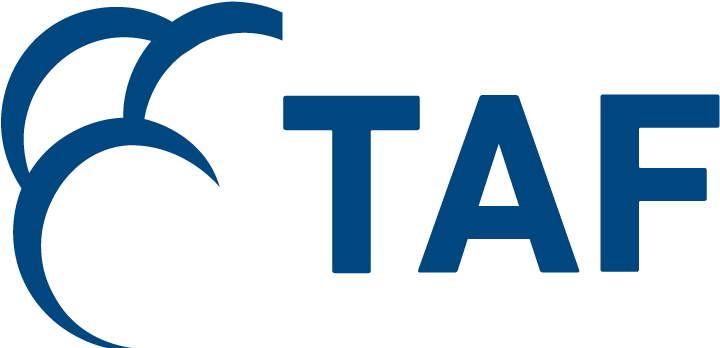As demand for clean electricity grows, so does the need for smart policy tools that empower businesses to decarbonize affordably and efficiently. Last month, Ontario introduced a promising option for large energy consumers: the Corporate Power Purchase Agreement (C-PPA). This framework enables direct participation for businesses in the province’s clean energy transition.
Through a C-PPA, medium and large businesses with peak demand over one megawatt (or less in certain cases), can contract directly with offsite clean electricity generators to reduce their energy costs and emissions without needing to build onsite systems. For eligible technologies such as solar, wind, hydro, and biogas, the generator supplies clean electricity to the customer during the grid’s top five peak hours, reducing their peak load and in turn, their share of Global Adjustment (GA) charges.
For ICI participants, the benefits are compelling:
- Lower electricity bills through reduced GA charges.
- ESG alignment through access to Environmental Attributes, contributing to lower scope 2 emissions.
- Energy cost certainty, due to the hedge created by long-term power pricing under the PPA.
The value of C-PPAs go beyond the customer
The C-PPA framework provides system-wide benefits to the Ontario grid. The framework unlocks private-sector capital and provides clean energy projects with new revenue certainty, supporting development without relying on government subsidies. These projects can still sell any excess uncontracted electricity on the IESO Administered Market, while avoiding the cost increases that are typically passed on to the rate base.
In other words, C-PPAs make clean energy financially viable through private-sector demand, not public spending, resulting in more renewable capacity and a cleaner, more resilient grid.
The benefits of the C-PPA have created tangible results in other jurisdictions. In Alberta, over 3,300MW of clean energy capacity has been contracted through C-PPAs, leading to over $5 billion in local investment and creating over 5,000 construction jobs. In Texas, a single 240 megawatt solar farm partially backed by Meta created 400 construction jobs and generated $55 million in tax revenue for the local community.
A strong first step
Ontario’s current C-PPA framework is a promising start, but it’s limited in scope. TAF recommends:
-
-
- Expand eligibility beyond large industrial consumers: The current framework only allows access for large industrial energy consumers. Expanding access to the program to Class B and aggregated residential customers would help ensure that clean energy generation can be built at scale in locations that are most beneficial to ratepayers.
-
- Enable hybrid systems: Hybrid solutions, such as battery-paired solar, are currently excluded from the framework. Including hybrid solutions would enhance the reliability of variable generating capacity, reduce curtailment need during peak hours, and allow for more effective use of clean electricity.
-
The Opportunity
If you’re a large energy consumer, this is a great time to assess whether a C-PPA fits into your energy strategy. If it doesn’t, we’d like to hear why. Your feedback can help shape policy improvements and expand this opportunity to more consumers and technologies.

